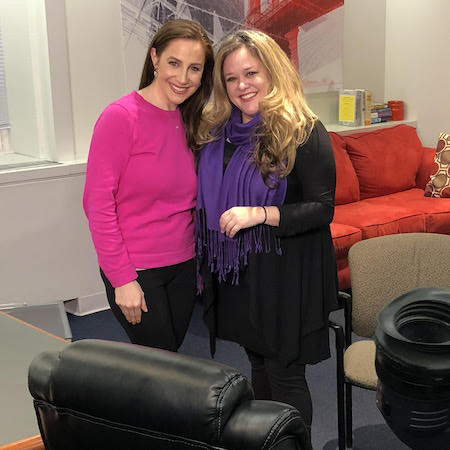
Have you started your Christmas and/or Holiday shopping? If you're like us, you're putting it off to the last minute because you're too busy with other things. Here at ACSH, we've been busy telling the world about science. Here's where we appeared in recent days:
1) Dr. Alex Berezow, Vice President of Scientific Affairs, wrote an op-ed for USA Today about the necessity of food irradiation. Foodborne outbreaks are a fact of life. The CDC estimates that, every single year, 48 million cases of foodborne illness occur, hospitalizing 128,000 and killing 3,000. But better public health practices could reduce these numbers. Irradiation, in which food is zapped with high-energy light waves (e.g., X-rays) is a safe and proven technique to enhance the safety of our food supply. Certainly, irradiation is not a cure-all, but it can help lower the incidence of what is largely a preventable phenomenon.
2) Dr. Berezow also continued his twice weekly Seattle radio segment, "Real Science with Dr. B" on the Kirby Wilbur Show. Recently, he showed up in studio! (See upper left image.)
3) Acting President Dr. Josh Bloom was interviewed by Bloomberg for an article about fentanyl as a weapon of mass destruction. Because it is so incredibly toxic -- a mere 3 milligrams (think: a few grains of salt) is a lethal dose -- there is concern that it could be used by terrorists. A few pounds could literally kill thousands of people. Dr. Bloom told Bloomberg that "[i]f ground-up fentanyl is placed on everyday objects, people could easily put their fingers in their mouths or rub their eyes and have a deadly reaction." Dr. Bloom has become a highly sought national expert on the ongoing opioid/fentanyl crisis. Read his latest piece here.
4) On a much lighter note, Dr. Bloom was also cited by an article on the website of the CBS Cleveland affiliate about why blue birds aren't actually blue. If you were to take a blue bird feather and grind it up, it would turn into a brownish powder. The reason is because their blue feathers do not contain blue pigment; instead, they contain a brownish pigment that scatters light in such a way that what we see is blue. This same phenomenon is responsible for the color of our eyes (which only contain brownish pigments), as well as the colors of some butterflies.
 5) Dr. Jamie Wells, Director of Medicine, was interviewed about end-of-life care and dying with dignity. (The article was published on Next Avenue, a nonprofit journalism website produced by PBS.) This is an extremely touchy issue, not just because of its tremendous ethical implications, but due to the fact that frail, elderly people can actually die from medical interventions, such as chemotherapy. The controversies surrounding end-of-life care will only amplify as Baby Boomers continue to age.
5) Dr. Jamie Wells, Director of Medicine, was interviewed about end-of-life care and dying with dignity. (The article was published on Next Avenue, a nonprofit journalism website produced by PBS.) This is an extremely touchy issue, not just because of its tremendous ethical implications, but due to the fact that frail, elderly people can actually die from medical interventions, such as chemotherapy. The controversies surrounding end-of-life care will only amplify as Baby Boomers continue to age.
6) Dr. Wells was also interviewed by a Missouri radio station about really strange research in which the authors swallowed Lego heads to determine how long it took to excrete them.


